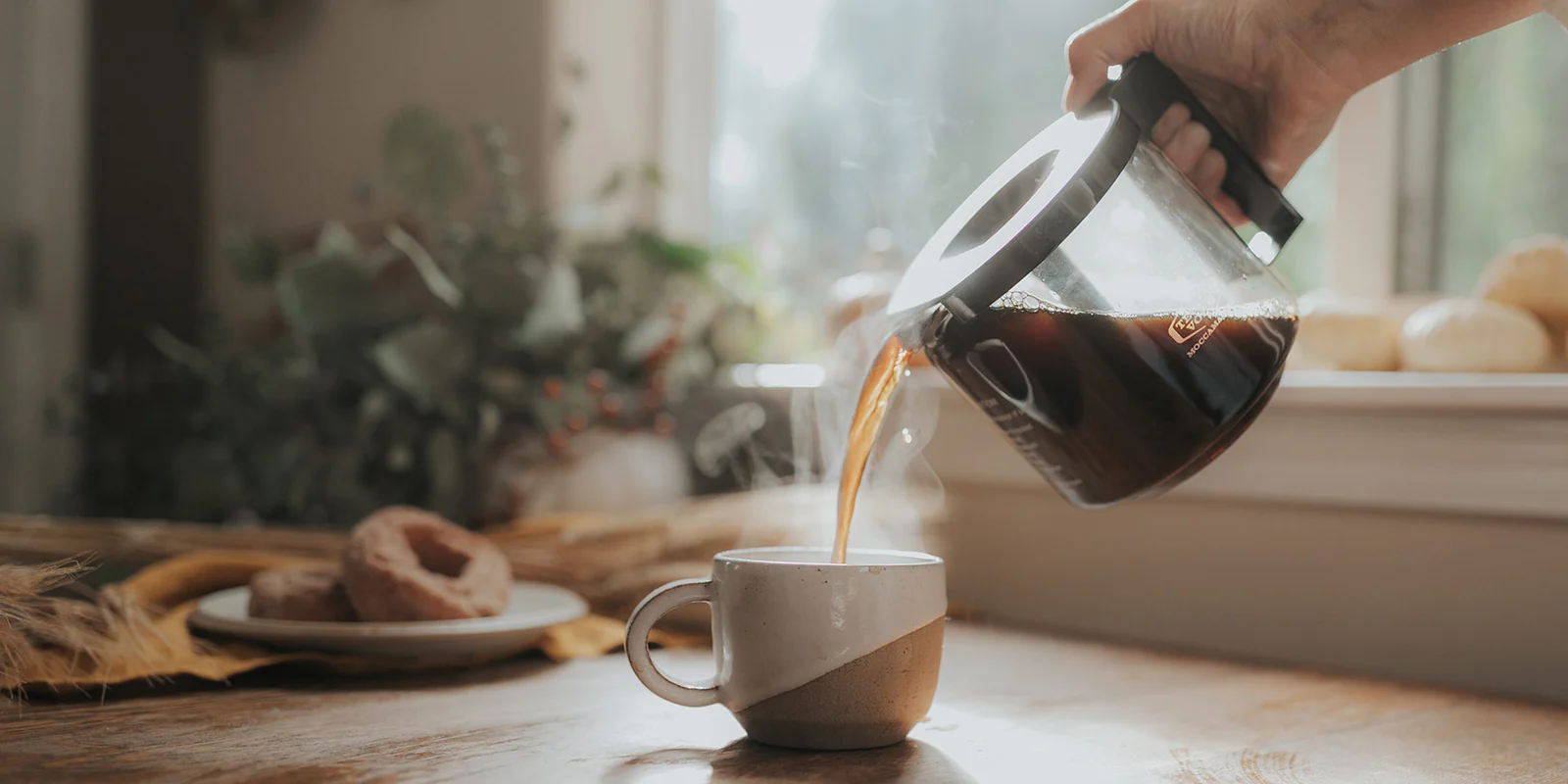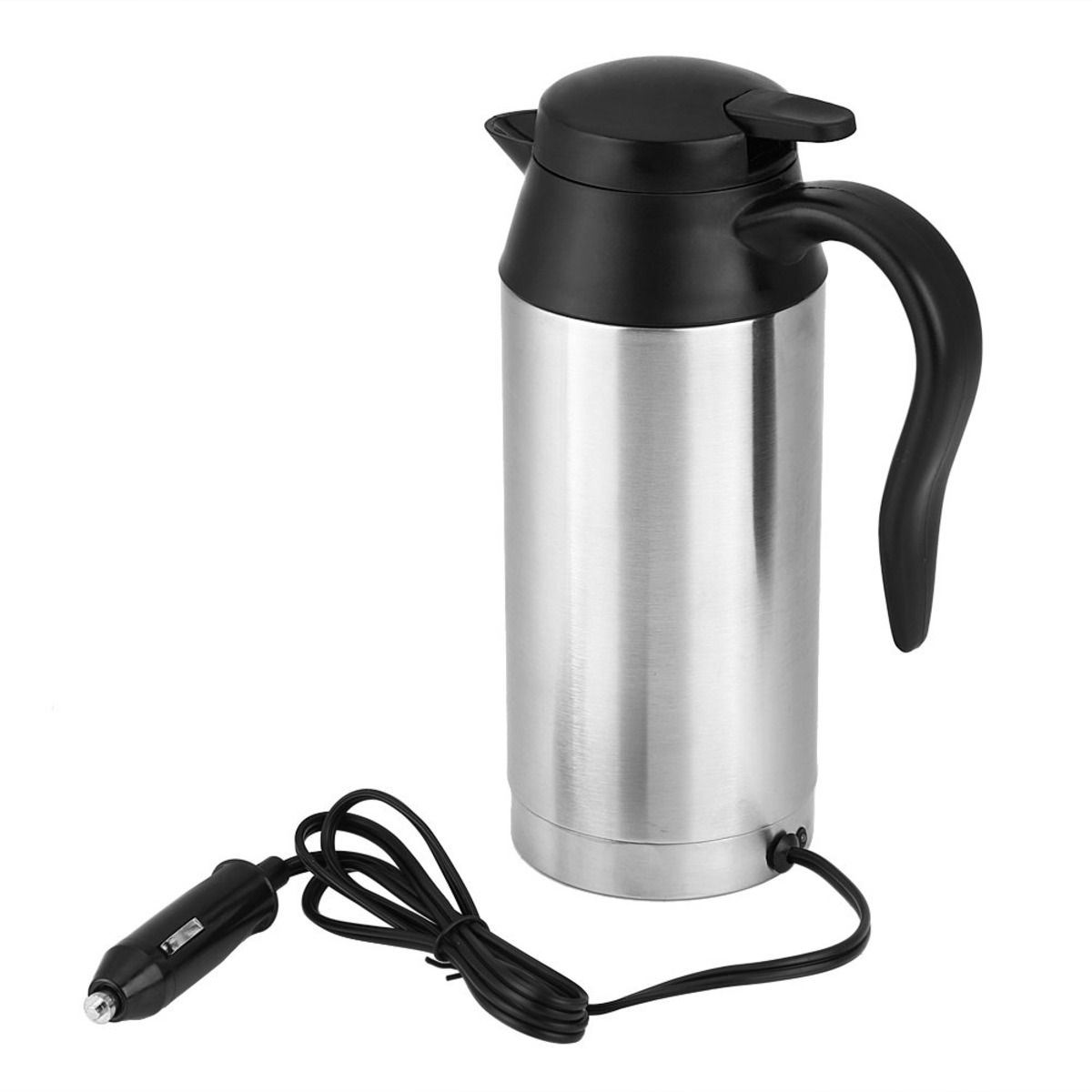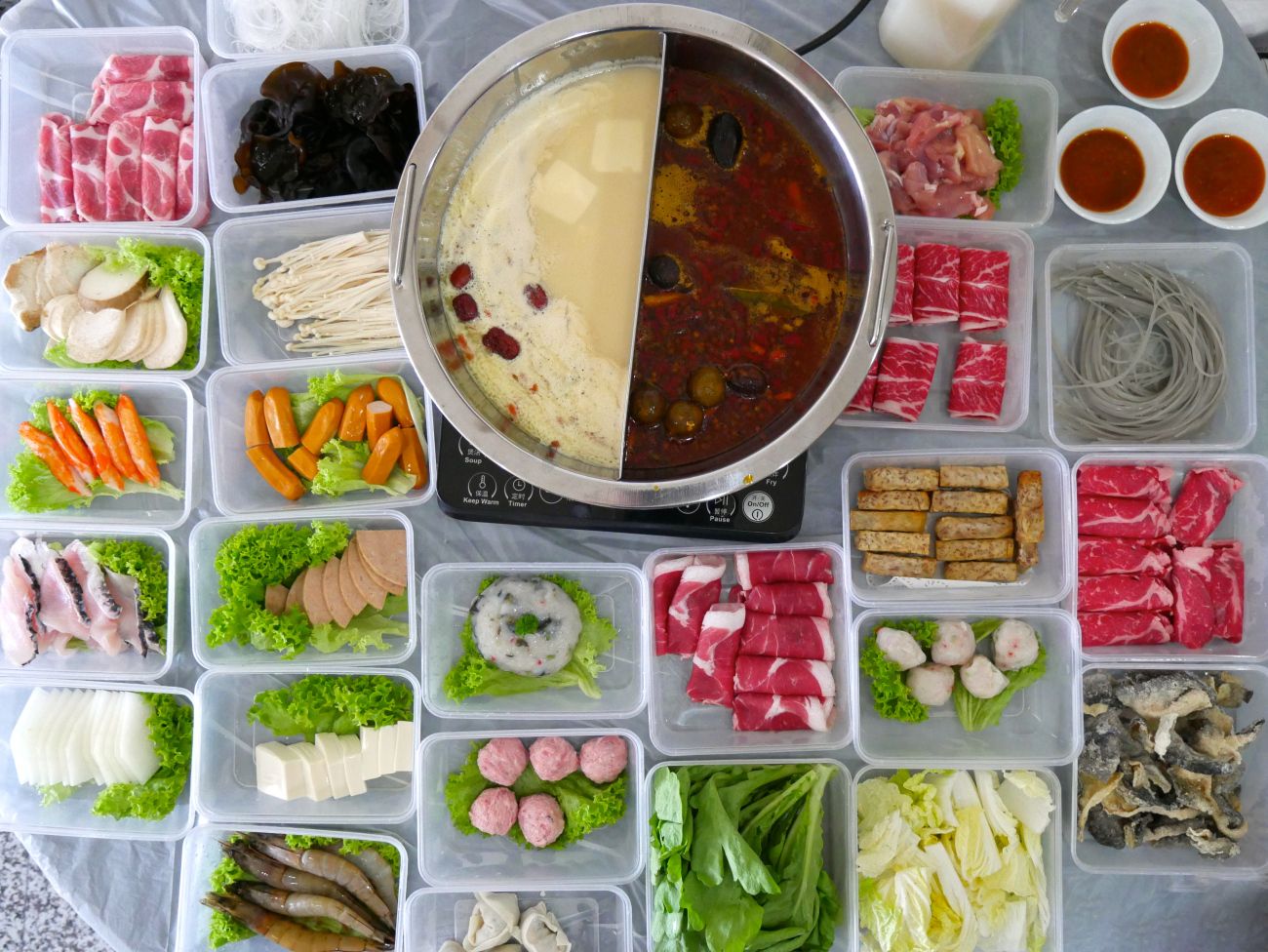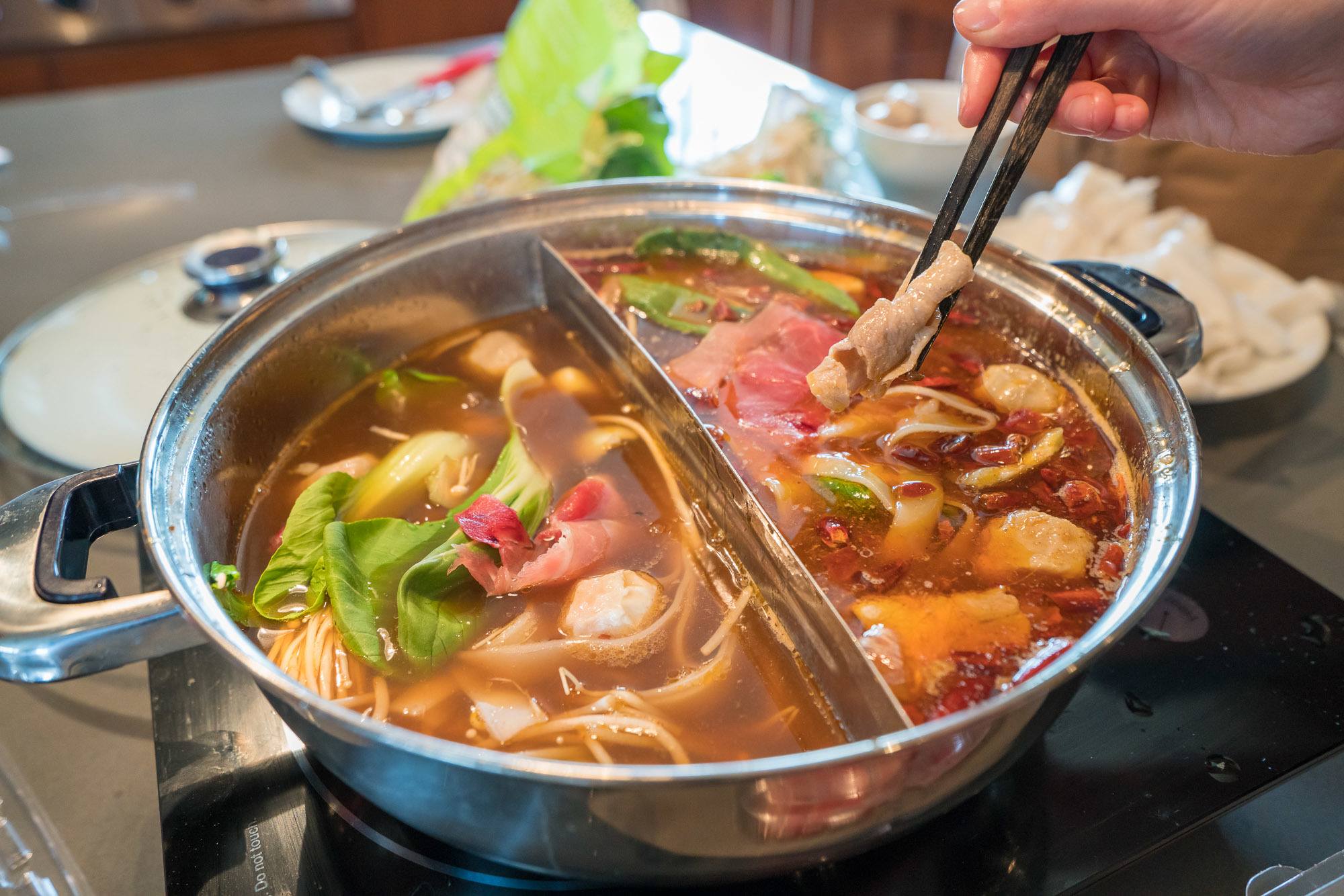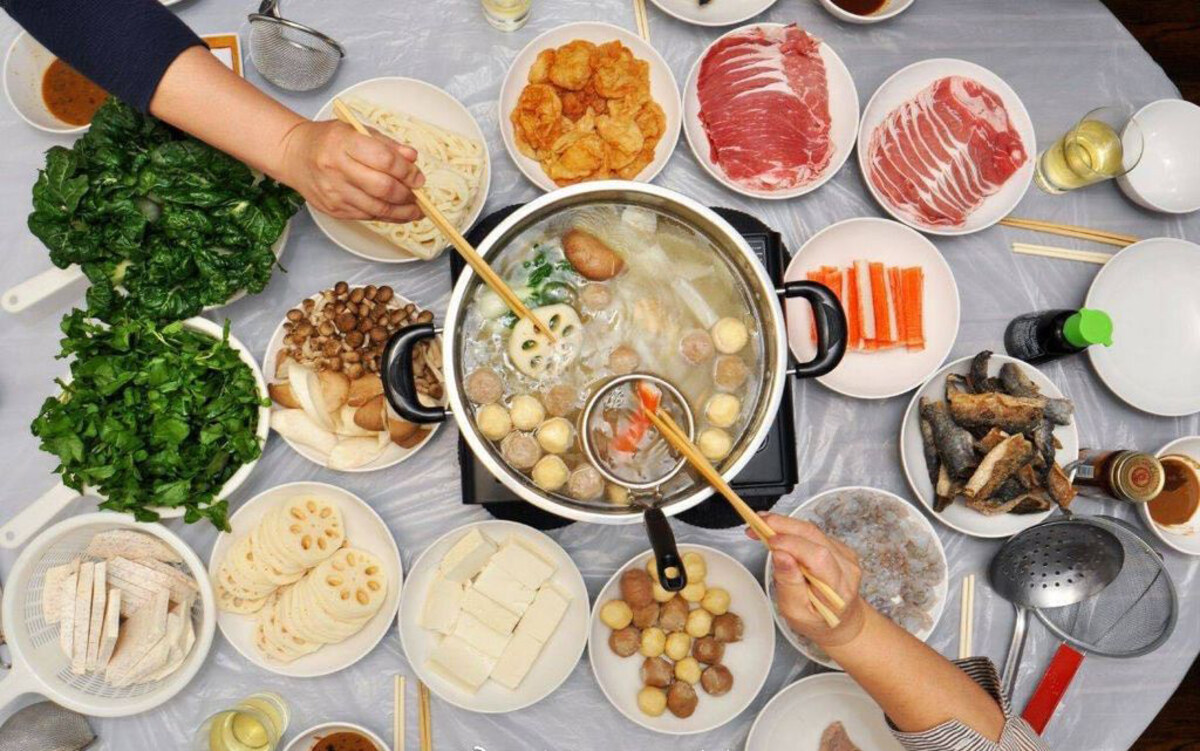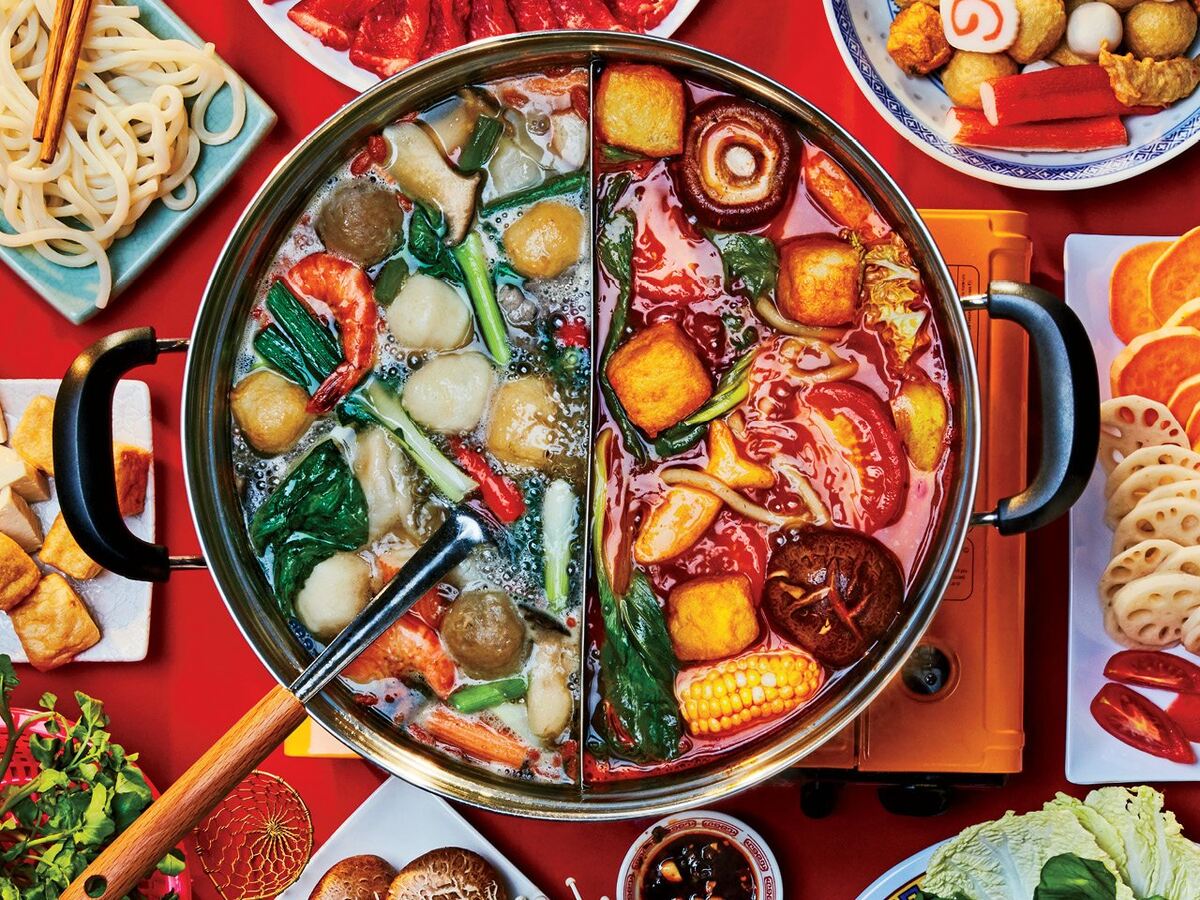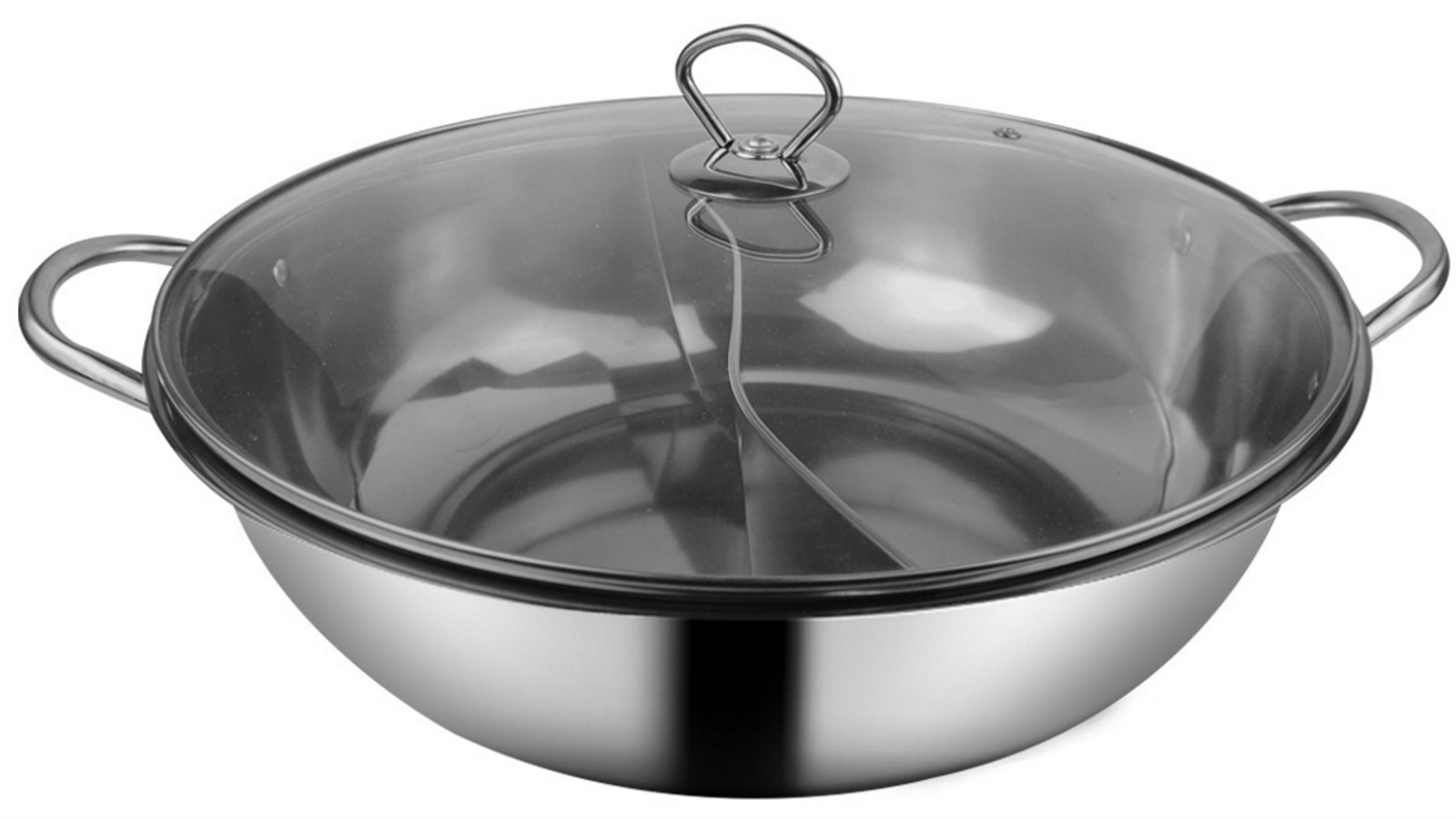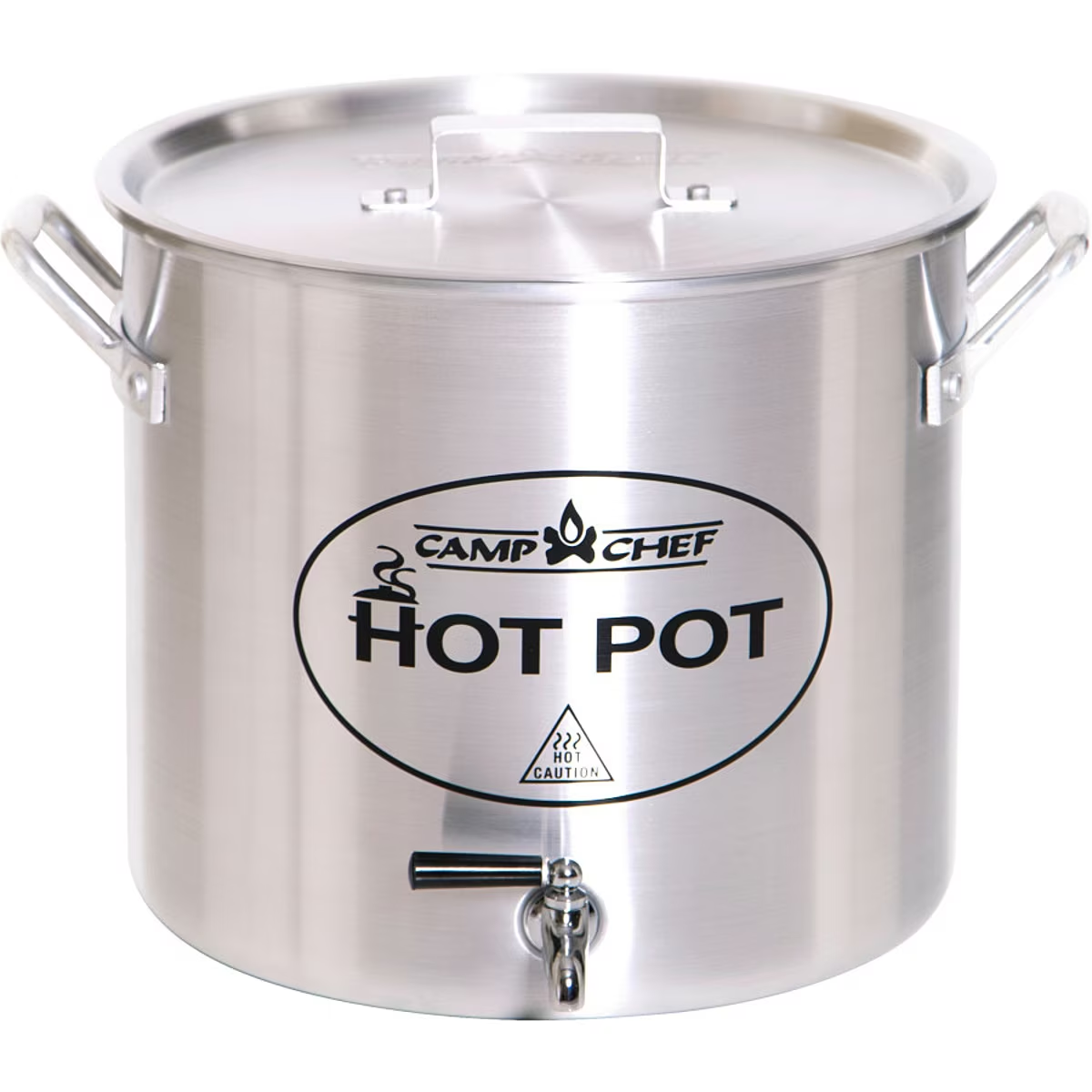Home> Hot Pot Recipes
Hot Pot Recipes: 10 Sizzling Ideas to Transform Any Meal!
Looking for delicious hot pot recipes? Check out these 10 sizzling ideas that will transform any meal into a flavorful feast!
How Many Calories Are In A Hot Pot
By: Grace Wilson • 100 Best Kitchen Furniture To Make Your Cooking Hassle-Free
By: James Anderson • 100 Best Kitchen Furniture To Make Your Cooking Hassle-Free
By: Sophie Thompson • 100 Best Kitchen Furniture To Make Your Cooking Hassle-Free
